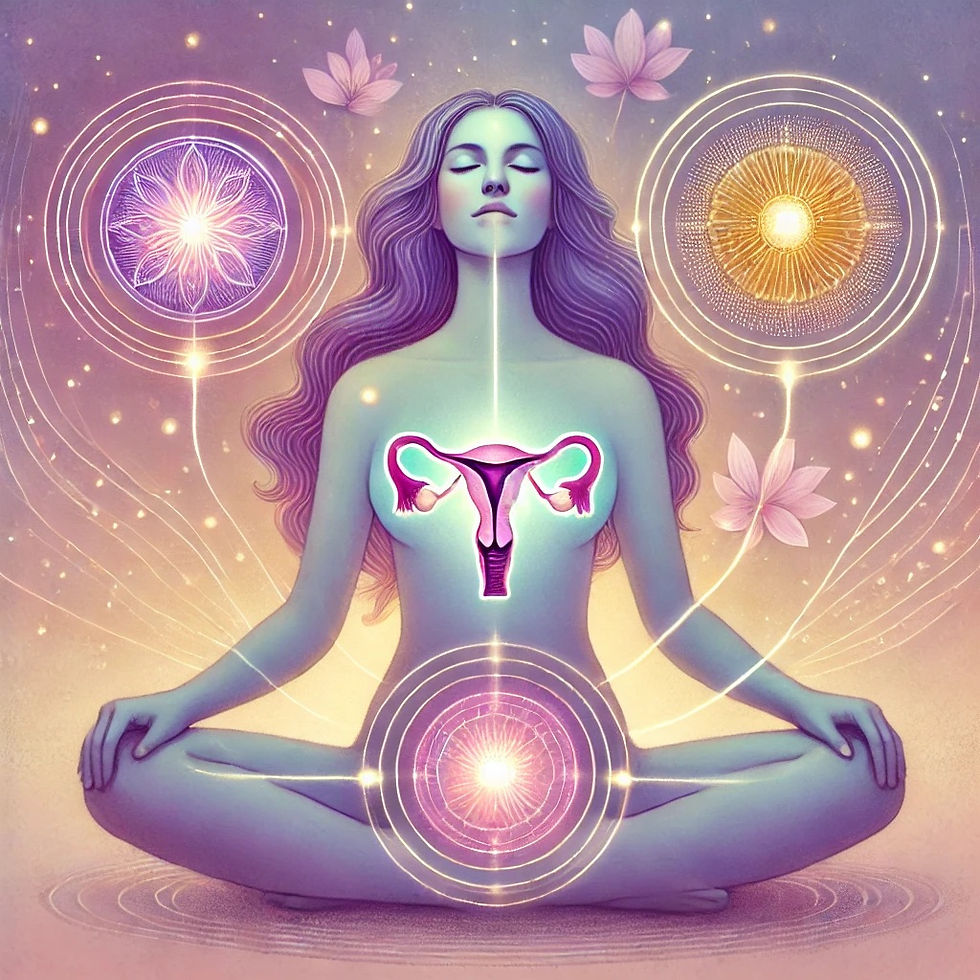- Sofia Lindskog
- Dec 16
- 1 min read

I know this topic well, from the inside. I have stayed in relationships far too long because of my fear of being alone.
When we stay out of fear, we compromise on our needs and our truth because we want to keep the relationship at any cost. And unfortunately, this means we can never have a relationship that truly meets our needs.
It's only when we're willing to let the relationship die, if it's not right for us, that we have the courage to act in a way that creates conditions for a truly satisfying relationship.
That's when we voice our fears, our less flattering behaviors like dreaming about the next Tinder profile when we're triggered.
We can also tune into our inner core: what am I not willing to compromise on? For me, it includes:
A life where presence with loved ones is a priority
Growing together
Living with integrity: saying what we do, and doing what we say
Intentionally creating joy and ease in everyday life
To make a relationship work, we sometimes need to give up habitual behaviors or priorities. Sometimes we can feel better from these concessions. Like when our partner asks us to do something that we actually also feel better doing ourselves.
But if we give up our "inner core," our deep values about what we want to get out of life, we're probably acting from a place of fear rather than from care for the relationship.
What is your biggest fear about your relationship ending?
And have you made concessions on things you really should never have compromised on?


